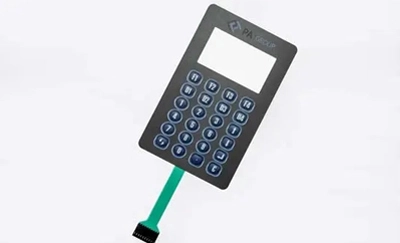
A keyboard matrix in a membrane switch refers to the arrangement of electrical circuits that detect the input of keys or buttons on the switch. Membrane switches are a type of interface that are commonly used in electronic devices and appliances, and they typically consist of a thin, flexible membrane that is printed with conductive circuits.
The keyboard matrix in a membrane switch is created by arranging the conductive circuits in a grid-like pattern, with rows and columns of circuits crossing over each other. When a key or button is pressed, it causes a connection to be made between a specific row and column in the matrix, which is detected by the electronic device or appliance that the switch is connected to.
By using a keyboard matrix, a membrane keypad produced by a keypad manufacturer can detect multiple key inputs with a minimal number of electrical connections, making it a cost-effective and reliable option for many applications.
A membrane keyboard switch uses a keyboard matrix to determine which keys are being pressed. The keyboard matrix is a circuit made up of rows and columns of conductive material.
When a key is pressed, it pushes down on a membrane layer which completes a circuit between a specific row and column in the matrix. This creates a unique electrical signal that the keyboard's microcontroller can detect and translate into a specific keystroke.
The microcontroller then sends the information to the computer, which registers the keystroke and performs the corresponding action.
Custom membrane switches are popular because they are inexpensive, lightweight, and easy to manufacture.